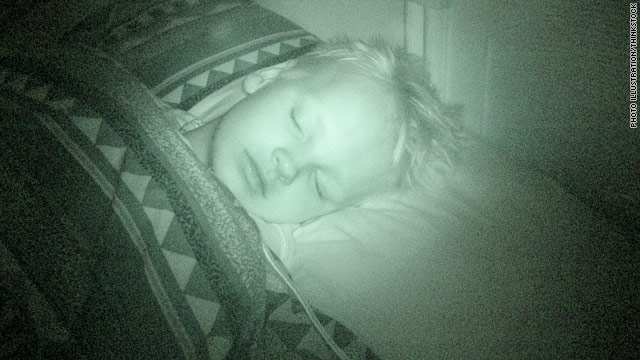

We were supposed to be talking about Kathy’s insomnia, but, as is often the case, she was wanted to tell me about a loved one’s sleep problem, in this case, her grand-daughter’s.
“She is banging her head up and down every night, sometimes hitting the headboard. It is scaring her parents to death because, well, it is kind of creepy, and they are afraid that she has psychiatric problems, not to mention, they are worried she could hurt herself.”
She nailed every concern that parents have when a child displays rhythmic movements. Sleep-related rhythmic movements are very common; at nine months, research shows that 59% of all infants have rhythmic movement disorder (RMD); by 18 months, the prevalence is 33%; and by age 5, the prevalence has declined to 5%.
Technically speaking, we label these rhythmic movements as a disorder only if they: 1. Cause injury; 2. Interfere with sleep; 3. Result in significant impairment in daytime function. However, for simplicity’s sake, I will use the acronym, RMD to describe the whole phenomenon.
In most cases, RMD occurs, as stated above, in pre-school children who are neurologically normal. It is very unusual to have RMD present in adulthood, and when it does, there is serious concern for seizure disorder. Even in children who present at the classic age, we are careful to keep seizure in mind, and for that reason, an overnight polysomnogram (sleep test) is recommended.
The rhythmic movement usually occur at the transition from wake to sleep, but can continue into sleep. They can occur when children are drowsy. They involve stereotyped, repetitive movements that involve large muscle groups, for example, head banging, head rolling, rocking on hands and knees, body rolling, leg banging or rolling. One way to be sure that this is not seizure is to gently ask the child to stop doing it. In RMD, if the child is awake, she will be able to stop, whereas in seizure, she will not.
We do also see RMD in children who have autism or other developmental delay, but the difference is that they will do the movements while fully awake as well as while drowsy. For this subgroup of patients with RMD, the disorder often persists into later childhood and indeed adulthood.
Some research does show an increase in anxiety levels among children with RMD, but there is little evidence that serious psychiatric problems are a cause. Experts believe that these behaviors are likely a form of self-soothing or self-stimulation if there is a lack of it in the environment. Some studies suggest that for some children there might be an element of attention-getting behavior or passive aggression.
It can run in families, but the genetics have not been described. There seems to be no gender difference and so is just as likely to occur in boys as well as girls.
We diagnose it by clinical history and overnight sleep study. It is important that a sleep center know that there is a specific protocol that needs to be followed as well as specific scoring criteria.
The main reason we treat RMD is real or potential self-injury. It is usually the head banging that poses danger. Medications such as benzodiazepines or tricyclic antidepressants have been tried, but are not well studied, not approved for use in children, and should be considered a last-ditch therapeutic option.
A more creative approach to mitigate the danger of head banging is to have the child practice the movement in the daytime with the difference being that the “game” is to stop just short of the pillow or headboard. Often, the new learned behavior will persist into drowsiness and sleep. Another non-pharmacologic approach that shows promise is hypnosis.
The information contained on this page does not and is not intended to convey medical advice. CNN is not responsible for any actions or inaction on your part based on the information that is presented here. Please consult a physician or medical professional for personal medical advice or treatment.
No comments:
Post a Comment